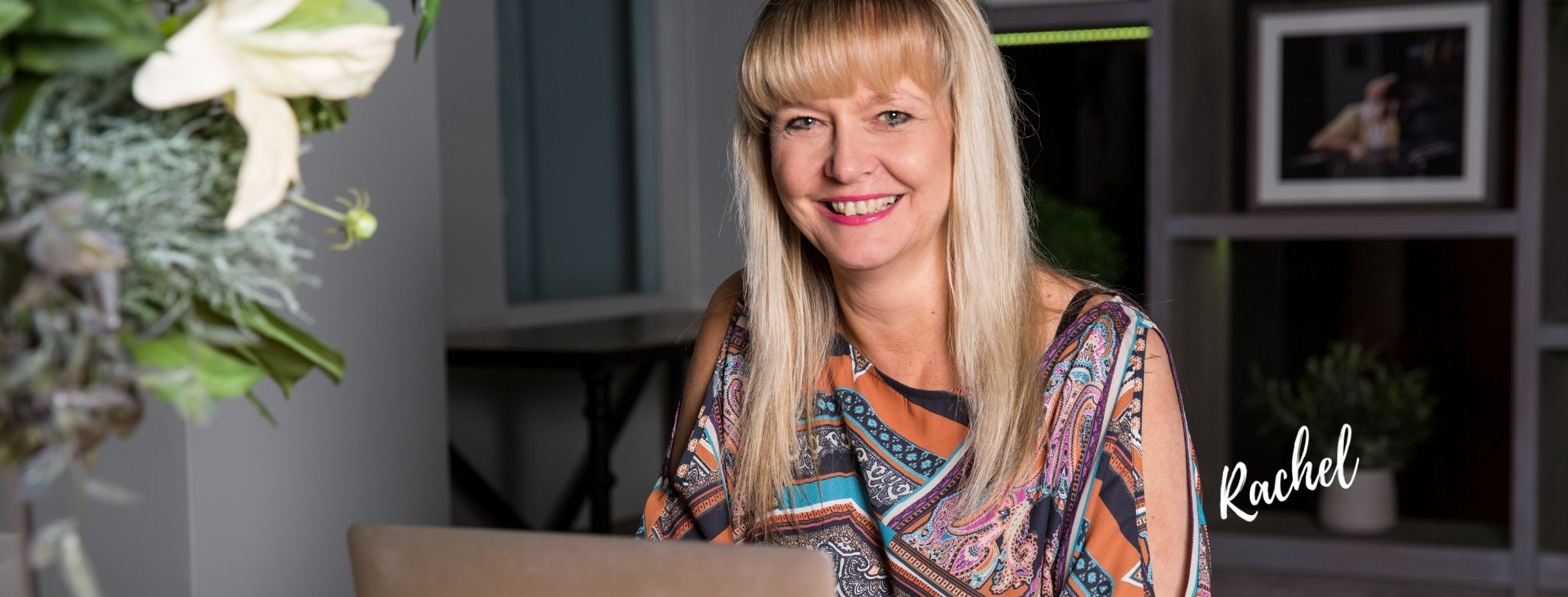I get asked these questions about hashtags almost daily and I’ve done quite a bit of research on it myself over the years, both practical testing and reading up on it and if I’m absolutely honest almost everyone has a different opinion on it – even the super huge gurus. Some say use as many as you can, some say using too many can work against the algorithm and have you classified as spam. So for what it’s worth, this is my take on hashtags.
What Are Hashtags?
Let’s start with this. Hashtags are keywords that relate to the content you are talking about in your posts. Once preceded by the #symbol, they become a hyperlink (clickable). They have no spaces or punctuation and can be all lower case or initial capitals. Personally I try to use initial caps because this not only makes it easier for people in general to read but it also helps screen readers read more accurately for those with impaired vision.
The purpose of a hashtag is to group all the posts that have used a specific hashtag into one area (a bit like a folder), but it’s generally just another page within the social media platform. This means when someone searches for a particular hashtag they will see all the posts that have used that particular hashtag. For example; if I was to create a post with #Tokyo2020 then my post would sit on the #Tokyo2020 page alongside all the other posts using that hashtag. Those posts could be from my competitors, the BBC, ITV, CNN or any other person in the world who chooses to use that hashtag, meaning your post could get seen by a whole new audience.
Why Use Hashtags?
Many people search directly with hashtags as a way of cutting through all the noise on social media. Using hashtags gets them straight to posts relating to a specific topic that interests them. For example, #Tokyo2020 or #BusinessCoaching or #Vegan.
However, you can also use hashtags to help you stay up-to-date with your industry or even for inspiration when creating your own social media posts. Hashtags do have a big impact on reach and discoverability for your content, especially on Instagram and Twitter. In the past, Facebook’s hashtags weren’t that brilliant but they too have a page for each hashtag, similar to Instagram. LinkedIn also introduced hashtags back in 2018. You can now even use hashtags when searching on Google. That means having well placed hashtags will help with your SEO (search engine optimisation) too.
How Should You Use Them?
Add hashtags to each of your posts for definite, but also use them within comments too. If you use video, make sure you add them into the video descriptions. If you use hashtags on your Facebook personal profile make sure your post is set to public, and likewise if you use them within a Facebook group. There is no point using a hashtag inside a private group if you want to increase reach.
Where Should You Place Them?
Placing hashtags at the end of the post looks neater and makes reading the post easier. Facebook provides plenty of characters to do this. However, Twitter only has a 280 character count so adding the hashtags into the text is generally a necessity. I would always suggest you do your own testing on this as I’ve noticed that sometimes hashtags placed within the text can work better!
How Many Should You Use?
This is where everyone seems to disagree and testing for yourself is the best strategy; just keep in mind that some algorithms classify content as spam if they have too many hashtags.
Twitter recommends just 2 hashtags and research shows that performance is better using the following:
Facebook: 1 max 2
LinkedIn: 2 max 3
Instagram: 5 to 10. If new to Instagram, try using up to 30 to begin with. This will help you find out which ones work the best. Then reduce down to 5 – 10.
How Do You Know Which Ones Work?
Always research your hashtags to ensure they are relevant to what you are posting about. This is especially important if you are choosing a brand hashtag or one for an event. You can conduct your research by going to any social media platform and literally typing in the #symbol followed by your chosen keyword and seeing what content appears. You could even check which keywords your competitors are using. If you choose to do this, do check those keywords too as they might well be doing it wrong!
There are also websites that can help, such as Ritetag, Hashtagify or Brand24. There’s nothing wrong with going to Instagram, doing your research there and then using those hashtags on the other sites. The main thing to check when doing your research is to ensure that the posts under your chosen hashtag are relevant to what your post is about. In other words, will the right people be looking at this hashtag? Another thing to remember is not to use the most popular hashtags as your post will just get buried in amongst the others, and quickly!
Different Types Of Hashtags
There are many different category types to choose from but the majority pretty much fall into these areas:
Fun
#PizzaFriday #MotivationalMonday #ThrowbackThursday #JustSayin
Branding company name/tagline/product/events
#Virgin #MacDonalds
Functional/SEO
#Harrogate #TouristInformation #Travel
A good practice is to use a combination of moderately popular but relevant, branded, campaign-specific, community-based or topical hashtags when possible.
If you would like further help with hashtags, hashtag strategy or social media in general, please call me on 07904 007 660 | 01423 529 708 or email me by clicking here.
